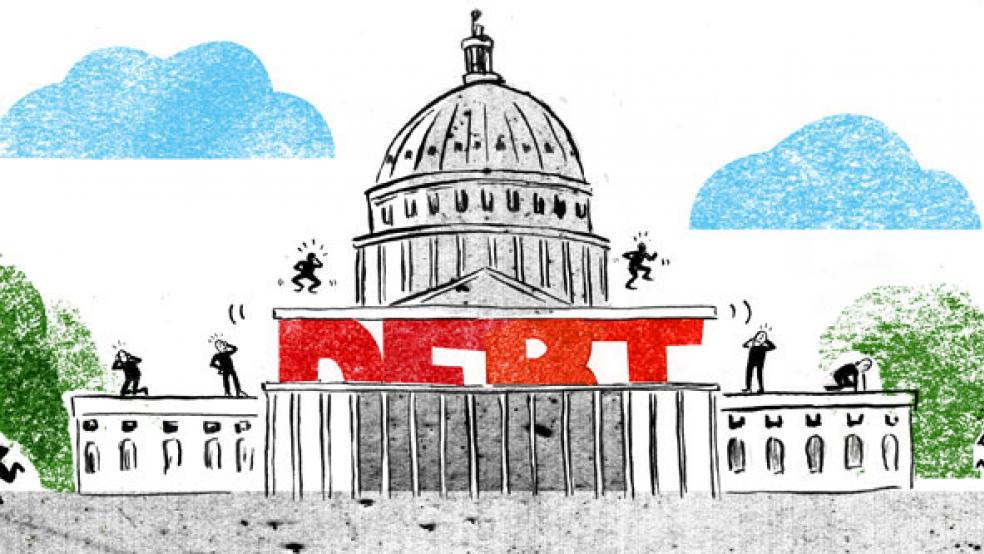President Obama and House Speaker John Boehner did not wrap-up negotiations or hostilities with the New Year’s Day agreement on the fiscal cliff. Lawmakers still have to raise the debt ceiling to keep the government operating.
WHAT IS THE DEBT CEILING?
Also known as the debt limit, the debt ceiling is the maximum amount of gross debt the federal government can carry as allowed by Congress. The current limit is $16.4 trillion, which the government surpassed on December 31, 2012, causing Treasury officials to scramble for bookkeeping maneuvers to buy about two months’ time. Failure to pass a bill—which nearly happened in the summer of 2011—could result in the first default in U.S. history. After the previous debt ceiling debacle, Standard & Poor’s stripped the government of its top credit score.
HOW IS THE DEBT CEILING RAISED?
The debt limit is written into law, and any increases must be codified in new legislation by Congress and signed by the President.

HAVE LAWMAKERS RAISED THE DEBT CEILING BEFORE?
The debt ceiling history is long. The government first enacted the limit in 1917 in order to issue bonds during WWI. Policymakers have raised the debt limit 75 times since 1962, most recently in August 2011 when they tacked on an extra $2.1 trillion to bring the ceiling to its current level.
WHAT IF THE GOVERNMENT DEFAULTS?
A default occurs when the government does not have enough funds to meet any of its legally mandated fiscal obligations, including paying interest on its existing debts, federal employee salaries, tax refunds, and Social Security and Medicare payments. A default could wreck the government’s credit rating, lower demand for U.S. assets, deprive federal workers of their salaries, and deny Social Security benefits to retirees, potentially triggering a wide-reaching economic crisis. During the debt ceiling crisis of 2011, the hostility between the two parties coupled with a near default triggered an S & P downgrade on long-term U.S. debt. Our ratings went from AAA to AA+.
HAS THE GOVERNMENT DEFAULTED BEFORE?
To date, the federal government has never defaulted on its securities, though it has in a few cases restructured debt or made some of its interest payments late (in 1790, 1933 and 1979). Until a debt limit deal is reached, the government must draw down its cash balances to avoid issuing new debt, or suspend investments and redeem securities in accounts like the Civil Service Retirement, which bring it closer to defaulting.




